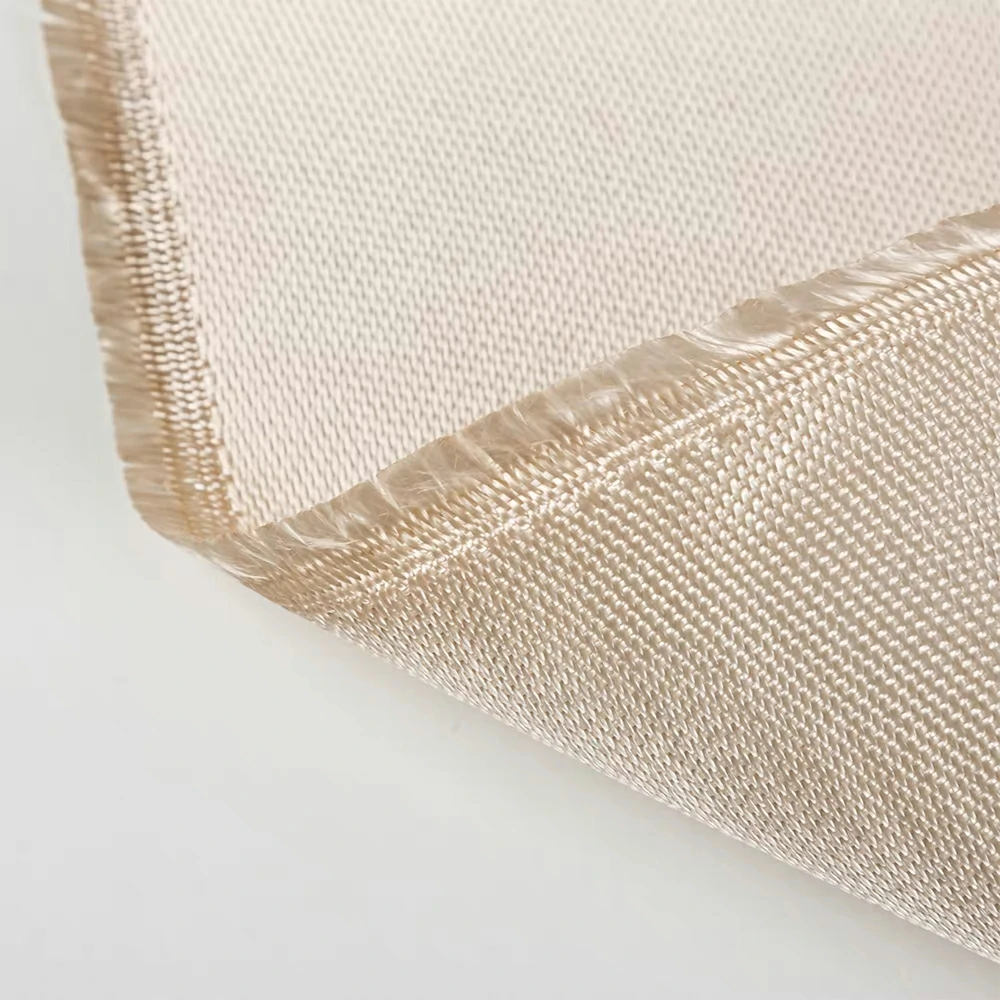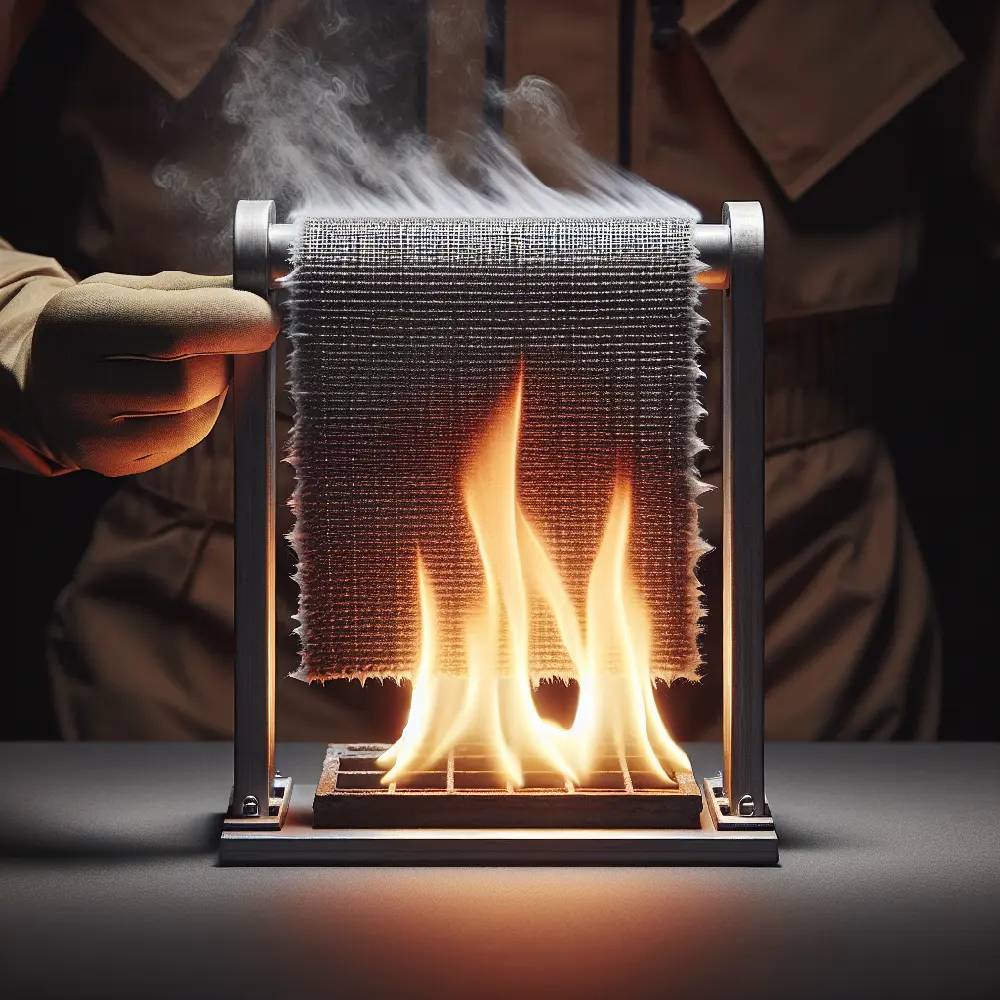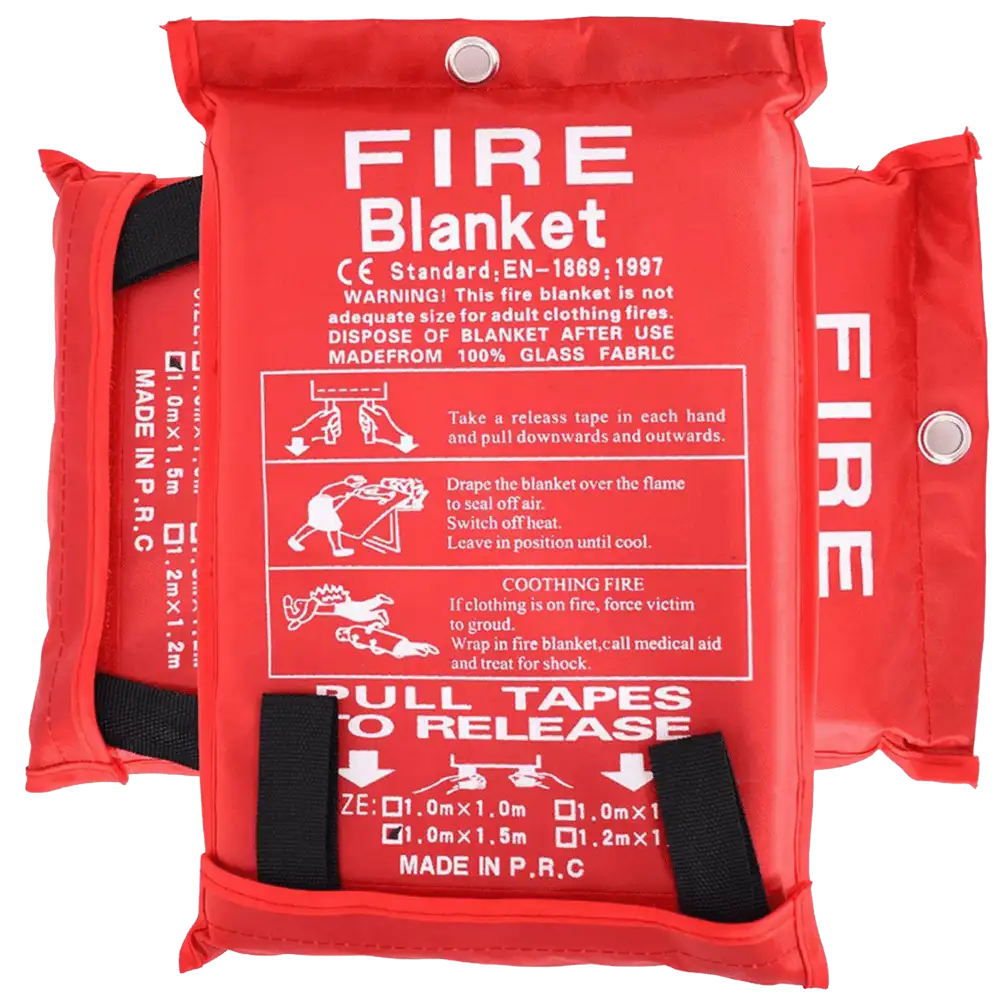Since the advent of ceramic fibers, this new material has instantly occupied many markets, from welding protection to aerospace, you can see it.
How did ceramic fibers upend the field of materials in just a few decades? Heaterk will take stock of the development of ceramic fibers for you.
Development of Ceramic Fiber

In 1941, the American Babcock Wilcox Company used natural kaolin to be melted in an electric arc furnace and blown into ceramic fibers.
In the late 1940s, two companies in the United States produced aluminum silicate fibers and used them for the first time in the aerospace industry.
In the 1950s, ceramic fibers have been formally put into industrial production.
In the 1960s, various ceramic fiber products were developed and used in the wall lining of industrial kilns.
Since the global energy crisis in 1973, ceramic fibers have developed rapidly, among which aluminum silicate fibers have developed the fastest, with an annual growth rate of 10% to 15%.
Development Status of Ceramic Fiber

The United States and Canada are significant producers of ceramic fibers, with an annual output of about 100,000 tons, accounting for about 1/3 of the world's total production of refractory fibers.
The output of ceramic fiber in Europe ranks third, with an annual production of about 60,000 tons. Among the ceramic fibers with a yearly output of 300,000 tons, the proportion of various products is rough: blankets and fiber modules 45%; vacuum forming panels, felts, and special-shaped products 25%; bulk fiber cotton 15%: fiber rope, cloth, and other fabrics 6%; fiber amorphous material 6%: fiber paper 3%.
Development status of ceramic fiber in China

China's ceramic fiber production started relatively late. In the early 1970s, it was successfully developed and put into mass production in Beijing Refractory Factory and Shanghai Refractory Factory. In the following 10 years, ceramic fiber products were mainly produced by the process of "electric arc furnace melting, primary air blowing into fibers, and wet hand-made felting." The technology is backward, and the products are single.
In 1984, Shougang Company's refractory material factory introduced the resistance method spinning into fiber ceramic fiber needle-punched blanket production line from CE Company in the United States; until 1987, Henan Shanxian Electric Guangdong Gaoming Aluminum Silicate Fiber Factory and Guiyang Refractory Material Factory respectively. The introduction of 3 ceramic fiber acupuncture blanket production lines and vacuum forming technology with different scales and fiber-forming methods from BW Company and Ferro Company in the United States has changed the appearance of backward production equipment and single product in my country's ceramic fiber production process.
Since 1986, my country has developed and designed 82 different types of resistance methods spinning (or blowing) fiber-forming dry acupuncture blanket production lines through the digestion and absorption of the imported ceramic fiber production equipment and technology, combined with national conditions, In 45 companies. The annual output has reached more than 100,000 tons, becoming the world's largest producer. Diversified product varieties: in addition to mass production of low-temperature type, standard type, high-pure type, high-aluminum type, and other ceramic fiber acupuncture blankets and ultra-light resin dry-process felt (board), it can also produce 14%~17% ZrO2 composite fiber blanket. Its operating temperature can reach above 1300 ℃.
In the late 1980s, Japan's Naoki Weaving Company, Interlais, and other woven products companies successively invested in and built professional ceramic fiber textile production enterprises in Beijing and produced ceramic fiber cloth, belt, twisted rope, casing, and square packing in batches. Such as ceramic fiber textiles, bulk fiber cotton, and process equipment required for producing fiber fabrics have been localized.
In the early 1990s, Beijing, Shanghai, Liaoning Anshan, Shandong, Henan Sanmenxia, and other places successively introduced ceramic fiber spraying technology and equipment from the United States, France, Kouben, and other countries; and applied ceramic fiber to industrial kilns in metallurgy and petrochemical sectors. Spraying the furnace lining saves energy consumption and achieves good economic benefits. It has been widely promoted and has gained successful experience applying industrial furnaces and heating devices in metallurgical and mechanical sectors. The ceramic fiber castables, plastics, smears, and other fibrous amorphous materials have not only established domestic production enterprises. Still, they have also been popularized and applied in various industrial furnaces, heating devices, and high-temperature pipelines.
At present, my country's ceramic fiber has been in the stage of continuous adjustment and development. The production process and equipment of ceramic fiber, especially the production process and equipment of dry acupuncture blankets, are at the world's advanced level. New ceramic threads and products such as fiber, polycrystalline mullite, and mixed fiber products have been successfully developed. They have been put into industrial production to make fibrous light refractory materials form a complete series of products. The continuous expansion of the application range of ceramic fibers has led to the increasing popularity of the application of high-strength, weather-resistant stiff fiber wall linings. At the same time, the development of ceramic fiber production technology has extensively promoted the development of ceramic fiber application technology and construction methods.
Whether you're interested in learning about or looking for high-performance ceramic fiber products, Heaterk is more than happy to help. We are a professional manufacturer of fireproof insulation materials; for 22 years, we have provided professional ceramic fiber fireproof insulation materials to thousands of customers in 115 countries; now, contact Heaterk's experienced team to get free samples and designs Program.
 Top 5 Heat-Resistant Wonders: How High Silica Fiberglass Fabric Excels in Extreme Temperatures!
Top 5 Heat-Resistant Wonders: How High Silica Fiberglass Fabric Excels in Extreme Temperatures!
 Is Kevlar Fireproof? Unveiling the Truth Behind Kevlar's Flame Resistance
Is Kevlar Fireproof? Unveiling the Truth Behind Kevlar's Flame Resistance
 Do Fire Blankets Work? Understanding Their Functionality and Benefits
Do Fire Blankets Work? Understanding Their Functionality and Benefits
 2023, Heaterk's Year-End Recognition Meeting!
2023, Heaterk's Year-End Recognition Meeting!